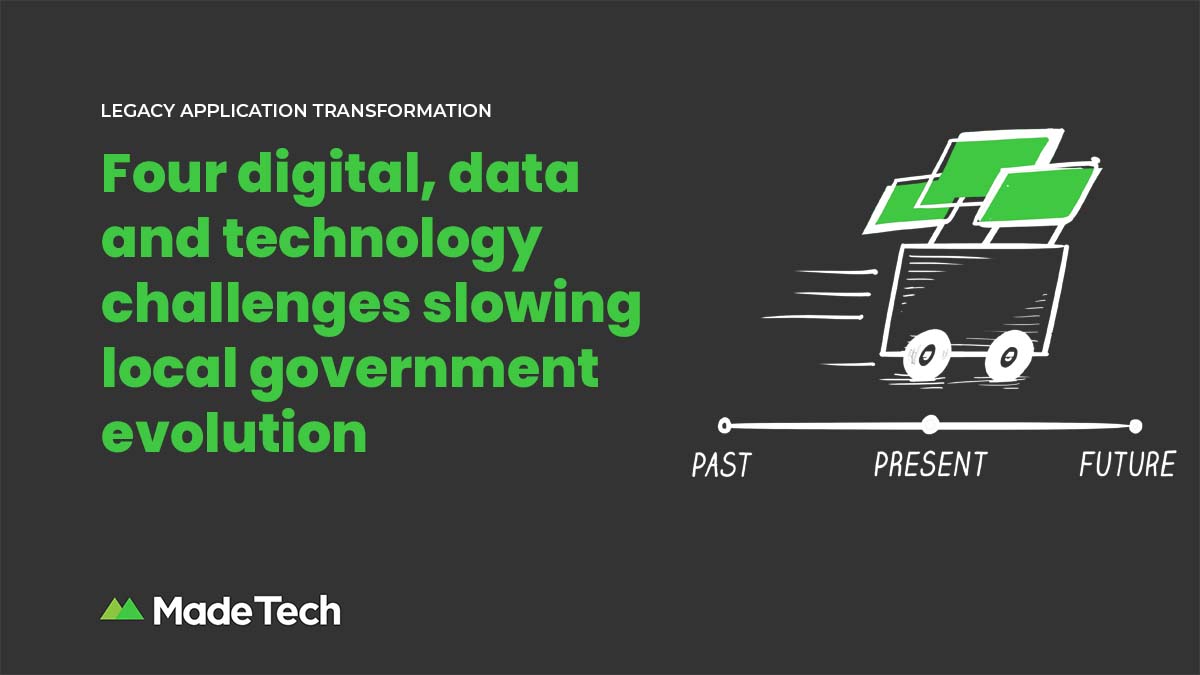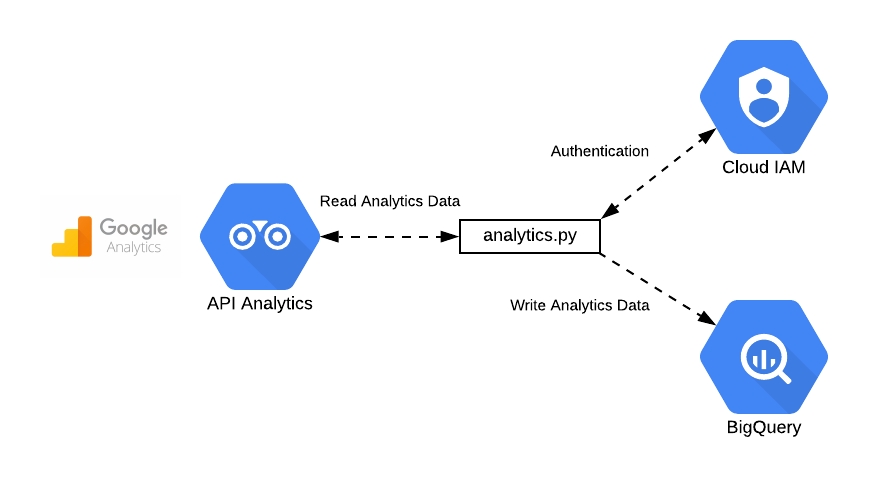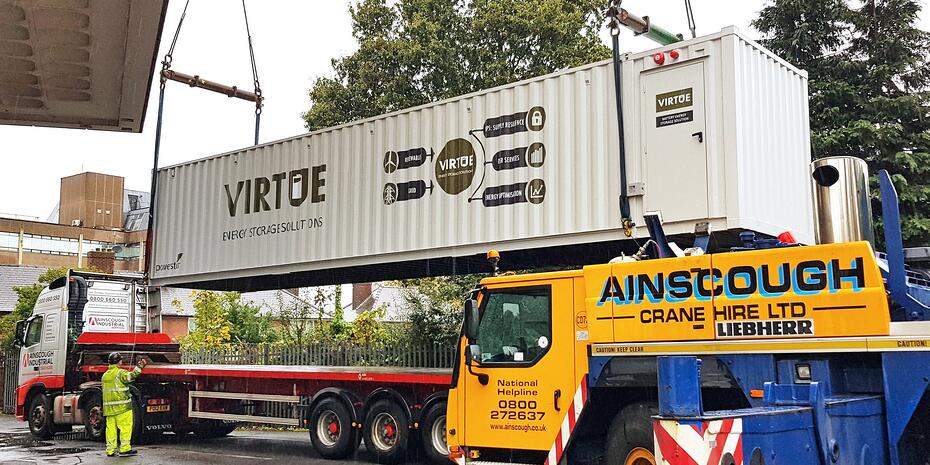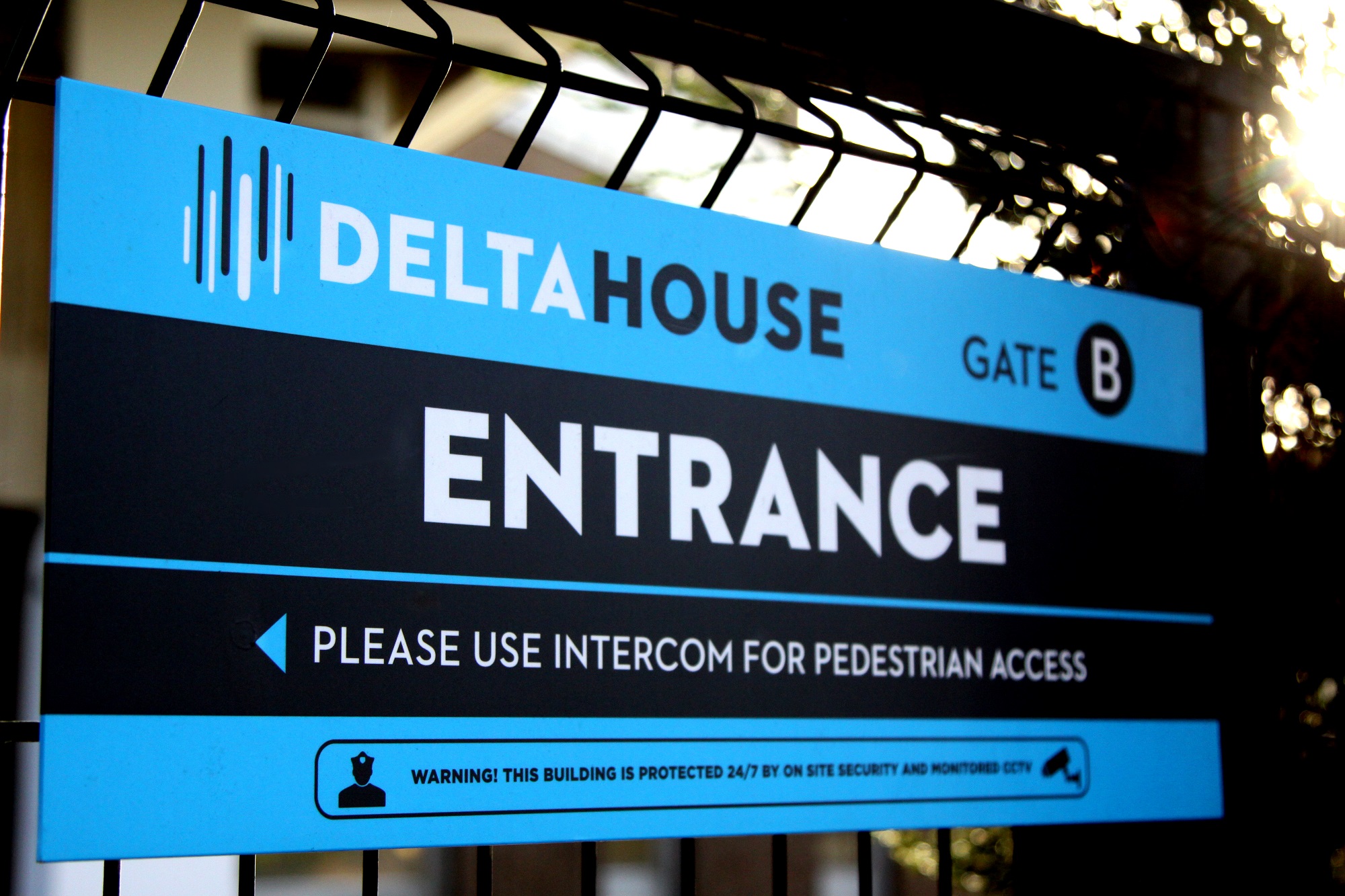
In 2011 the Government announced an ambitious new strategy to digitise the public sector. By 2018, spending to drive this change across central government sectors hit £3.2bn. Yet this transformational playing field has never truly been level for local government.
Between 2010 to 2018, government funding for local authorities has fallen by an estimated 49.1% in real terms. According to a report by the Local Government Association, this funding gap is projected to grow to £7.8 billion by 2025.
And this is not taking into consideration the heavy costs of the last year. The estimated financial challenge councils face as a result of the pandemic will reach £10.9 billion — and some councils are projecting deficits of £92.9m for 2021/2022 alone.
The good news is that even amid the chronic funding shortage, we’re seeing the encouraging green shoots of change. Councils up and down the country are accelerating the evolution of their systems and processes to deliver better services for local people.
But this change isn’t fast enough, and the road to building a self-sufficient local government digital ecosystem is filled with roadblocks. In this post, I’ll take a deeper look at the four biggest challenges facing local government when it comes to digital evolution.
The four key digital challenges facing local government
1. Legacy technology
While legacy tech is a challenge faced by the whole public sector, it’s one especially felt by local government organisations, which have seen their budgets to drive modernisation squeezed year-on-year.
The problem with legacy tech isn’t just that it’s antiquated or slow — it’s also that it’s no longer fit to keep up with the evolving needs of its users; the millions of members of the public across the UK. It hampers its users, both inside organisations and the general public, as well as making councils ever more vulnerable to security breaches.
This is compounded by the fact that technology contracts from traditional suppliers tend to be long, inflexible and expensive, making it difficult to modernise or evolve digital strategy at all let alone at pace.
2. Siloed data
The continued use of legacy technology has an additional implication for local government in terms of how and when they can access their data.
Using legacy technology from traditional suppliers often locks local government data in proprietary formats and systems, resulting in internal and external silos.
This means local councils are often caught in a double-bind. On an internal level, the varying platforms and systems used by different service areas hamper interoperability, meaning local government struggles to harness the power of their data from within.
And when councils need data from external organisations, such as to get hold of local patient data from a national healthcare provider for example, the problem is compounded by an endemic lack of standardisation.
Each government organisation operates under its own security requirements, technology stack and data standards. This stifles local government organisations’ ability to make data-driven decisions that best reflect the needs of their people.
3. Data security
The WannaCry data attacks in 2017 brought the dire consequences of outdated legacy technology into sharp relief, when it was revealed that they cost the NHS an estimated £92m after 19,000 appointments were cancelled. In the first six months of 2019 alone, local councils faced 263 million attempted cyberattacks. And in 2020, Redcar and Cleveland and Hackney Councils were the latest local authorities to fall victim to a ransomware cyberattack.
Six months on, both councils were still feeling the effects of the attack on their services, with Hackney in line for £10m worth of government funding to help it recover. Local government has a responsibility to protect the data of their people from misuse — but they cannot achieve this unless we democratise access to data, and move away from the legacy technology platforms that keep it locked up.
4. The widening employee skills gap
Digital evolution may be underway in many local government organisations, but changing the technology is only one part of the equation. With over 2 million people employed in local government organisations across the UK, it’s people, not technology, that lie at the heart of embedding a successful digital evolution.
Yet years of using legacy technology have meant that local government organisations, and the public sector as a whole, are now experiencing a digital skills gap. A recent report by Cloud Industry Forum revealed that 40% of public sector organisations lack the necessary skills to adapt to digital transformation.
As technology continues to shift the way local government operates, it’s clear that upskilling and reskilling employees must be central to this change, as well as re-envisioning what local government recruitment looks like for the future.
Embracing a digital evolution for local government
From 9th June, I’ll be delivering a series of workshops on digital evolution in partnership with the Public Sector Digital Transformation Forum. Join us to learn how to embrace and foster a digital evolution mindset in your organisation by signing up here.









